Im sure everyone hears the quote "benefits of fuel injection". For those who do not know what those are here ya go. While carbs can be made to start extremely well anyone without some sort of choke assembly knows when the car is cold you have to pump the gas three times and feather the throttle until the car gets some sort of heat in it. Even with a choke you still have to give it a couple of pumps to prime the engine and set the choke high idle mechanism. EFI does this all on its own. Usually when you key on the car or turn the key to the start position the system automatically injects a tuned amount of fuel and increases the idle control system to set the high idle. On good ecus there are about 6-7 tables that can be tuned to provide flawless startup even from the coldest temps. After EFI conversions this is one thing I love to show the customer. To be able to reach in through the window, turn the key and have the car fire up and settle into a perfect idle regardless of conditions can be very impressive to some people. Fuel economy is another great benefit. Once again, a carb can be tuned to provide great economy however it does not adjust for any variables such as altitude, humidity and air temperature. It also cannot provide fuel cut on deceleration nor can you adjust the fueling at individual points of operation. You are limited to jet/rod selection to cover a wide range of operation. Most EFI systems will offer some sort of closed loop fueling system. This means the ECU will measure the mixture, compare it to the desired mixture, and automatically increase/reduce the amount of fuel to achieve its target. Emissions go hand in hand with closed loop operation as well. Multiport EFI systems also offer the additional benefit of per cylinder trimming. In most intake manifolds there are differences in airflow between cylinders. EFI systems know which cylinder is currently receiving fuel therefore can compensate. This is however based on tuner input so is typically only altered by experienced tuners. There is no limitation on induction CFM on an EFI motor. I have seen several cars come through the shop with over sized carbs. This can cause lots of low speed drive-ability issues as there is not enough airspeed through the venturi to properly draw fuel from the jets. EFI does not care. If you want to put a 3000 cfm throttle body on your car and drive it up a hill at 500 rpm wide open it will do so happily (depending on cam choice). That's an extreme example but you get the point. Forced induction, dont even get me started. There are tons of people who would argue however I will confidently stand by my opinion that fuel injection is the ONLY way to get perfect street drive-ability with a forced induction setup. Yes, you can get a REASONABLE tune with a carb and there are guys with magic hands that can tune them for you but in my experience 90% of these systems would benefit immensely from an efi setup and the other 10% would gain some form of drive-ability benefit. Once again I stress this is MY OPINION based on MY EXPERIENCE. Results may vary. There are other benefits such as ease of tuning but I wont go into them all. I will say though that I love when my hands dont smell like gas after a tune as well as when it takes three key presses to change something that would take at least 15 minutes on a carb.
I find that injection manufacturers tend to be clumped into four distinct groups. There are the usual big name ecus that many have heard about that typically associated with imports or road racing applications. In group 1 we will see names like Motec, Haltech, Vi-Pec, Link, EFI Technologies, Pectel, the list goes on. Then there is group 2 which is typically associated with the domestic and drag racing crowds. Here you will find F.A.S.T., Holley, Big Stuff, and so on. Group 3 is for the creative do-it-yourselfers. The big name here is Megasquirt however there are others. Group 4 has all of the "Self-Tuning" systems. There is a reason these are clumped into these groups.
A brief foray onto the individual company websites will show you that Group 1 has no plug and play hardware at all or plug and play hardware available for lots of import cars. In the software you will find options for drive-by-wire, rally anti-lag, closed loop gearshift control with blip shifting, advanced 4D and 5D mapping, traction control, boost control, the list goes on.
Group 2 websites will show lots of optional plug in wiring harness for just about every domestic configuration. In the software you will see a much less busy configuration. Launch control will be there as well as progressive nitrous control, boost control, traction control (to an extent),
These guys have a very specific market in mind and are very good at targeting it.
Group 3 is a mish-mash of everything. I liken it to the Linux of the fuel injection world. It will do everything the high end heavily featured ecu's will do for the most part and for a while they would do it for a fraction of the cost. There have been massive advances here over the last few years however with massive advancements has come a hefty price increase. The cost difference has narrowed significantly. That being said this is still an affordable way to go.
Group 4 is for the people who are looking for the easiest way to get the benefits of fuel injection. They typically come complete as a throttle body style injection unit and have a control module with minimal user input.
Which ecu is right for you? Answering question requires lots of data. What type of driving do you do? What type of engine do you have? What type of modifications have been done to the engine? Do you race? What type of racing do you do? Are you mechanically/electrically capable? What are your expectations of the finished product?
Systems in group 1 and group 3 can typically do it all. Every engine fuel, ignition, trigger configuration is supported. There are options for every kind of race application however support for drag racing will typically not be quite as featured as a group 2 system. Group 1 and 3 systems will also quite often have to have a custom wiring harness made for your application or be custom pinned to your existing harness. Installation of these systems is typically reserved for professionals or at the very least someone with a good understanding of wiring and efi function. The software has considerably more options and tables and can be quite overwhelming for many people. This is especially the case in the Group 3 ecu's. The software is catered more toward the technically savvy and much of the terminology in the software does not match with the industry standard.
Systems in group 2 are a good bet for the muscle car crowd or hardcore drag racing crowd. You can get terminated pre-made harnesses for most configurations that require minimal wiring. Typically you only have to attach power, ground, tach signal, and fuel pump wires. This puts installation of these systems in the skill range of a considerably larger crowd. The software is much simpler and easier to understand however tuning should still be carried out by someone with a good understanding of fuel injection. This would be my recommendation for the majority of muscle car owners who go out for the occasional burn and want something that will give them the benefits of EFI. The one exception to this group is the new Holley Dominator and HP systems. I find these to be a very good crossover ECU. They tend to fall somewhere between group 1 and 2 in their feature set.
This leaves group 4. The "Self-Tuning" ecu. They typically come with an injection unit that bolts to a holley carb flange. At first this seems like the holy grail. Its less expensive than its counterparts, easier to install, and requires no tuner. Cant get much better than that, right? Well, in the real world I have found this to not be the case. Out of all the ones we have sold to customers we have had zero satisfied customers. Every system LOST power, LOST drive-ability, and immensely frustrated the customer as well as myself. These systems MAY work well on a fairly basic engine but once you start adding hi-po stuff they start to lose their ability to tune properly. They cannot make intelligent diagnosis like a human can such as "The car shows lean but is rich misfiring here and it is causing a false lean condition". The self tuning ecu thinks "The car is lean here so I will add fuel". Im sure some have had good results however I have found over the years that customers vary widely on their idea of acceptable drive-ability. I no longer deal with these systems at all.
Wire-in versus plug and play is another thing to consider. Plug and play for modern vehicles is great provided your application is supported. These systems can come as a simple replacement ecu that just plugs in to the existing engine harness or they can come with a patch loom that goes between a wire-in ecu and the stock engine harness. This makes installation dead simple. It takes an experienced installer about 15 minutes. Plug and play ecus can also be provided with a complete engine harness. The units built for musclecars typically come this way. There is one drawback with these harnesses. These harnesses come with an excess of wiring and they are pre-loomed and terminated. This means you have to find something to do with the extra wire. This typically gets coiled up and hidden wherever possible. The looming itself is also not the most attractive. If you are building a show car this can be frustrating. It can really take away from the clean engine bay look. Wire-in ecu's really shine here. Making a custom engine harness can keep an engine bay nice and tidy and allows the installer to customize wire length and hide wires whenever possible. This however adds a considerable expense to the installation as proper wiring should take time. Rushing here is not a good idea.
Reliability has always been a bone of contention with EFI systems and for good reason. The early aftermarket systems were crude and barely had enough memory to complete their required tasks at that time. Many times OEM systems had to make sacrifices on their configuration and mapping purely because there want enough processing power available. Environmental protection was also lacking. Early group 3 systems were notorious for reliability because they were offered in a build it yourself configuration. A large portion of the people building these systems did not have the required understanding nor the skill to properly build and terminate a circuit board. Modern systems have come a long way in this regard. With technological advancements components have gotten smaller and more robust. Sensors have gotten more reliable and function quicker and more accurately. Systems purchased 6 years ago are now dwarfed in function to ones produced today and many times the new systems are less expensive. That's the way with technology. Lots of engineering has been put into aftermarket ecus today and the results are that they have reliability just as good as an equivalent OEM ecu.
I would recommend doing your research with regards to the system you choose. Just because its a big name does not necessarily mean it is the best. I like to push the envelope with the abilities of the ecu's I use. There are some that offer me lots of flexibilty in regard to how I use inputs and outputs where some are quite rigid in how they can be used. All units have a finite amount of inputs and outputs. Once you start adding in lots of features like Quad cam control, electronic throttle, boost control, a/c control, and so on your outputs and inputs can get sucked up really quick. Some ecu's offer better fueling strategies. The more inputs the ecu uses for its fuel calculation typically the more consistent the fueling will be. Good ECU's will have manifold pressure, throttle position, coolant temperature, inlet air temperature, barometric pressure, injector flow. Great ecu's will have all of that plus fuel pressure, fuel temperature, fuel composition (flex fuel), exhaust pressure, injector low pulswidth characterization. Some engines such as heavily cammed or ITB systems can benefit from ecus that give the tuner the ability to use throttle position as a load input. Most new ecus will offer this, some more effectively than others. Another point is processor speed. This has a big bearing on timing stability. Ecu's with fast processors and effective timing strategies will be have much more stable timing. I have actually seen this personally with timing lights. I have seen some ecu's display 5-10 degrees of "jitter" when they are used on engines with a more demanding trigger configuration. To a high output turbo engine or even a high compression N/A engine this can mean death.
In conclusion, do your research. Ask questions. Many tuners, ecu dealers will happily answer your questions. Be aware though that some will steer you towards either what they are comfortable with or make the best margin on. Be sure they tell you WHY the system they are recommending will be good for you. Get a second opinion. My personal favorite at the moment is the Link G4+ systems. I find they have all the features I need with the exception of sequential fuel and direct ignition support for anything over 8 cylinders. Timing is rock solid as well. They are also made in New Zealand and with the US dollar being so strong against the Canadian dollar myself and the customer end up saving a few bucks there. That being said, I am a dealer for them
I do not claim to be the most knowledgeable guy out there but I am more than happy to answer any questions I can. Im sure there are fantastic systems out there that I have not mentioned. Feel free to add your experiences.



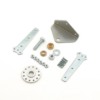
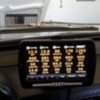
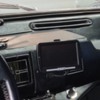
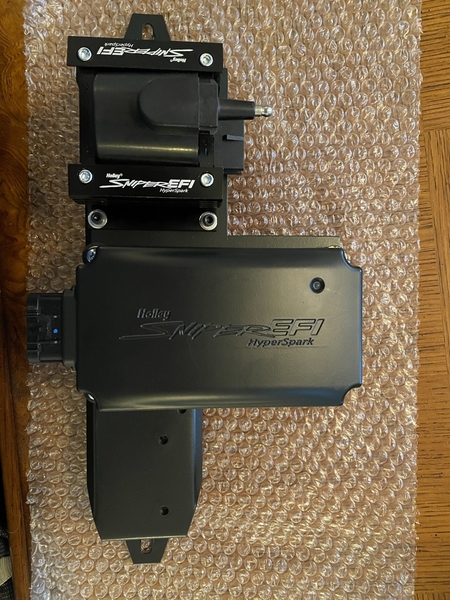


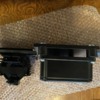
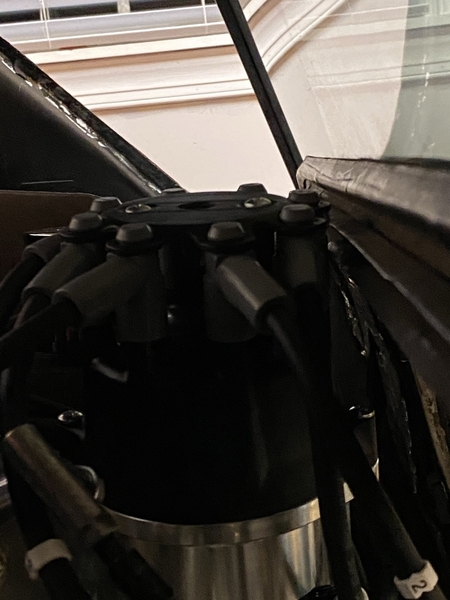
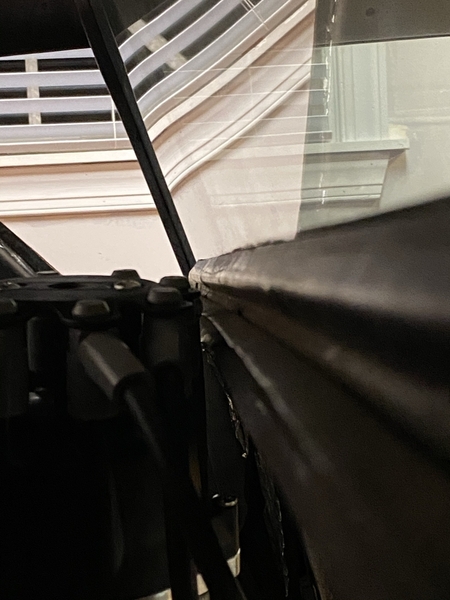


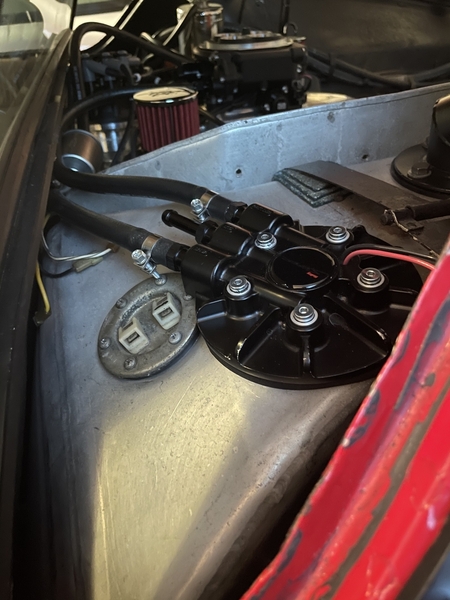
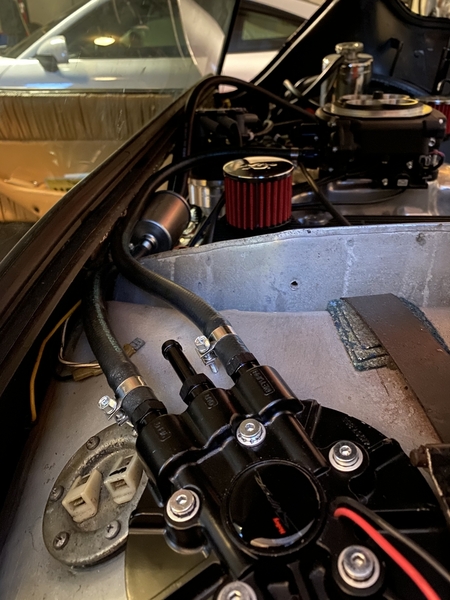
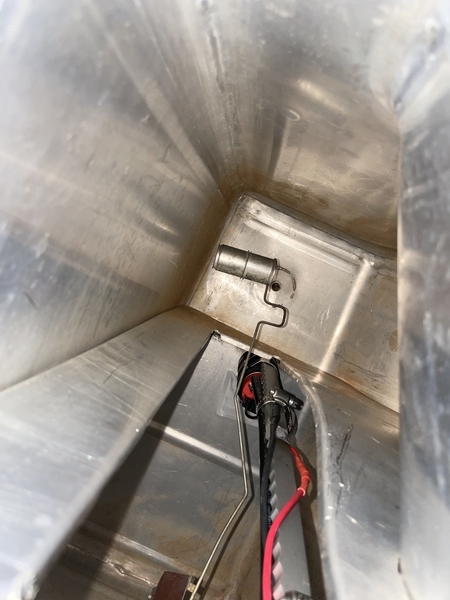
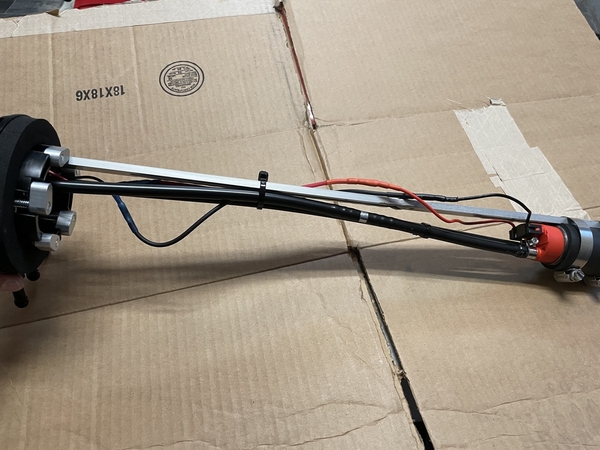




![20210729_111127[1] 20210729_111127[1]](https://pantera.infopop.cc/fileSendAction/fcType/0/fcOid/1598208419960642/filePointer/20327796486411703/fodoid/20327796486411699/imageType/SQUARE_THUMBNAIL/inlineImage/true/20210729_111127%5B1%5D.jpg)